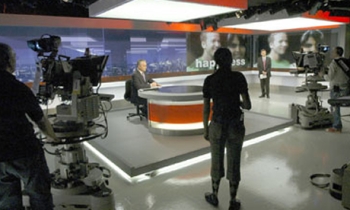BURLINGTON, Mass., May 10 /PRNewswire/ -- Confirming a previous established trend, BURST! Media says that Internet use continues grow at the expense of other "traditional" media such as TV, radio, magazines and newspapers. According to a recent BURST! survey of more than 2,600 web users about changes in their media consumption in the past year, 60.9% respondents said they spend more time on the Internet today than a year ago, with 32.2% spending "much more time" while 28.7% said "somewhat more time."
Meanwhile, one-third said they are spending less time today, compared to a year ago, with: television (35.5%), or magazines (34.1%): and one-quarter of respondents say they are spending less time today listening to radio (27.1%), or reading newspapers (30.3%), compared to a year ago.
"Consumers are continuing to spend their media time among various media types," says Chuck Moran, BURST! Media's Market Research Manager. "This has made it increasingly difficult for marketers to not only reach their target consumer, but also get their attention. Clearly advertisers are going where the audiences are going, as spending on the Internet also continues to grow."
Increased Web Usage Seen Among All Age Segments
All age segments reported spending more time today on the Internet versus a year ago, according the BURST! survey. Interestingly, even among the teen and 18-24 years segments -- segments thought to be already spending a considerable portion of their overall media time on the Internet -- three out of five (62.6% and 60.9% respectively) said they were spending more time today on the Internet than a year ago.
Demographic Segments and Other Media Shift
As noted, fairly sizable portions of respondents say they spend less time today than a year ago with radio, television, newspapers or magazines: and differences are noted in the responses of various demographic segments for each of these media types. For instances, 18-24 year olds are much more likely than other age segments to say they are spending less time today than a year ago listening to radio (33.7%) or watching television (40.5%). Other demographic segments saying they spend less time watching television include: males 25-34 years (39.6%) and males 35-44 years (41.2%). Women 25-34 years and 35-44 years are the demographic segments most likely to say they spend less time today than a year ago reading newspapers -- 34.6% and 39.5%, respectively. Males 45-54 years are the segment most likely to say they are spending less time (41.4%) today than a year ago reading magazines.









